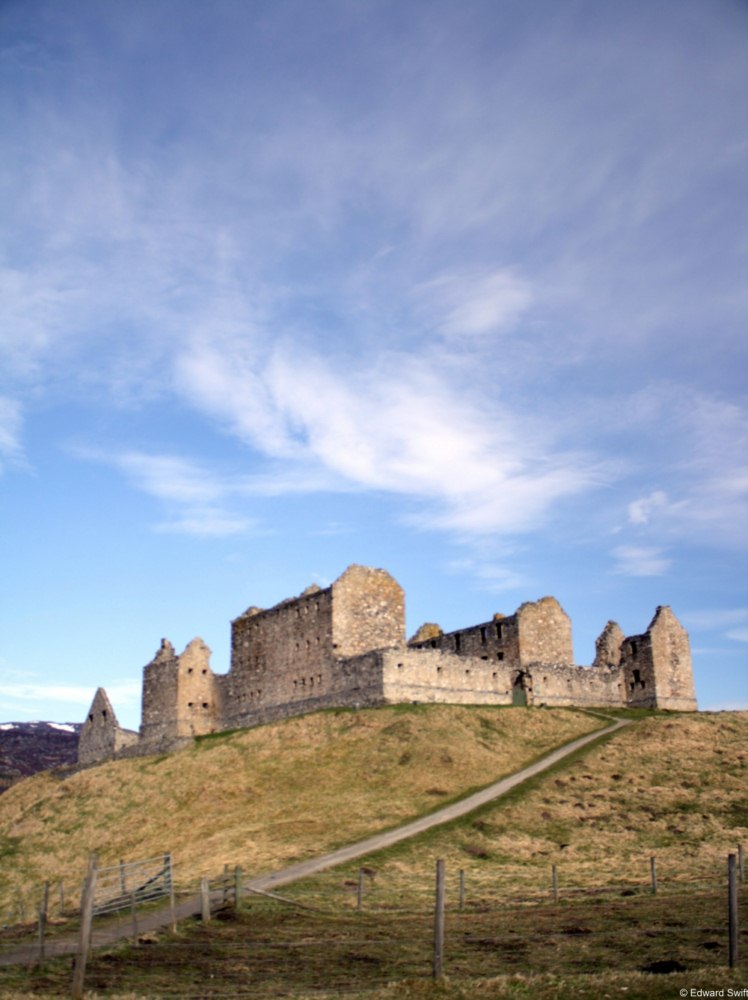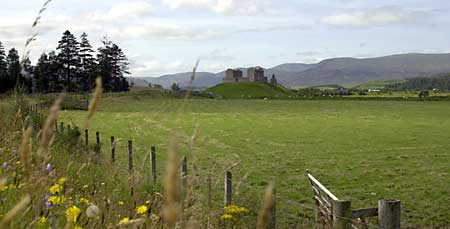History
General Wade


Ironically, the construction of the various roads, forts and barracks to facilitate the continuing oppression of the Scots in the early 1700’s, following the first Jacobite uprising of 1715 also had a beneficial effect on Newtonmore.
The network of well made military roads, constructed under the control of General Wade, connected the main centres – Perth, Fort William, Fort Augustus and Inverness, and can still be traced on OS maps, although the intelligent choice of routes using natural contours has meant that many parts of the routes have been built over by more modern constructions.
The ruins of the barracks built at Ruthven, near Kingussie and at Garvamore, above Laggan Bridge, to house the Government armies can still be seen. The barracks at Ruthven were burnt by the Jacobite army in 1746 during their retreat from Prestonpans to the fateful battle at Culloden.
Ruthven Barracks were built between 1719 and 1721 on the site of the Castle of Ruthven, seat of the Cummings, Lords of Badenoch. The mound on which it is built is thought to be artificial – a shaft dug to provide a well discovered interlaced timbers from just below the surface almost to the bottom of the mound.
Garvamore Barracks were built around 1740 on the southern approach to the military road over the Corrieyairick Pass to Fort Augustus, which was built about the same time. Unlike local houses, it stood out like a sore thumb, as General Wade chose to site it in the middle of the most level meadow he could find, in the centre of the valley. After it fell into disuse as a military establishment, it was used as a school, an inn, and latterly a dwelling house, but it finally fell into the current state of disrepair. There have been some efforts in recent years to preserve the buildings for possible use as a visitor centre and/or hostel, resulting in the large protective tarpaulins over the roof space which can be seen on them today.